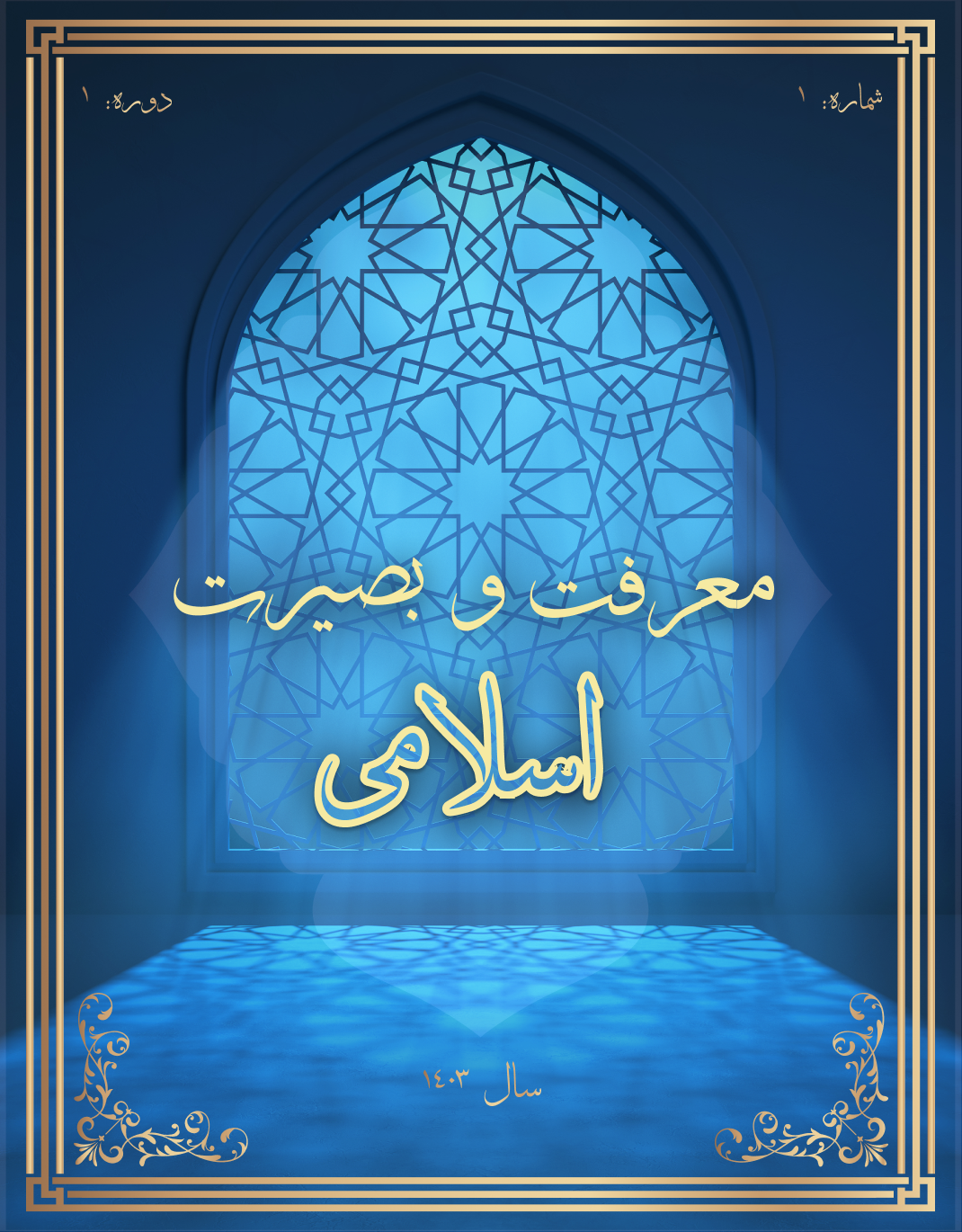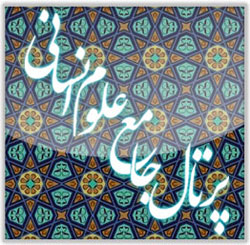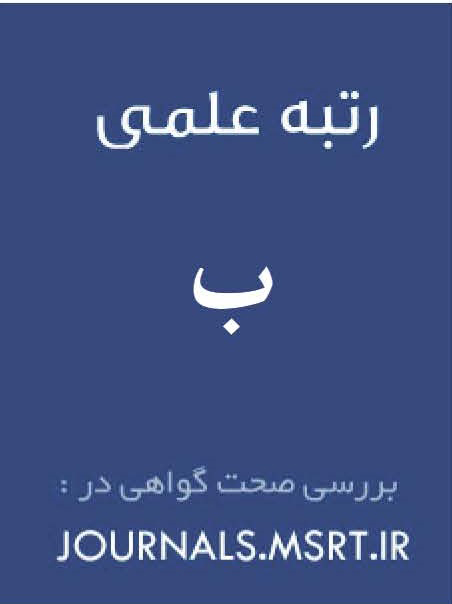کنشگری مذهبی آلبویه؛ از حمایت شعائر شیعی تا واکنش عباسیان
کلمات کلیدی:
آلبویه, کنشگری مذهبی, شعائر شیعی, خلافت عباسی, هویت شیعی, تنش مذهبیچکیده
هدف تحقیق، تحلیل جامع سیاستهای مذهبی آلبویه و ارزیابی پیامدهای آن در زمینه فرهنگی، سیاسی و اجتماعی است. روش تحقیق بهصورت تاریخی-تحلیلی و بر پایه متون متقدم تاریخی انجام شد. کنشگری مذهبی سلسله آلبویه، بهعنوان یکی از برجستهترین جنبههای حکمرانی این سلسله، تأثیر شگرفی بر تحولات فرهنگی، مذهبی، و سیاسی جهان اسلام در قرون چهارم و پنجم هجری داشت. این تحقیق به بررسی اقدامات مذهبی آلبویه، شامل حمایت از شعائر شیعی، تعامل با علمای شیعه، و تغییرات در نظام اداری و قضایی، میپردازد. پرسش اصلی پژوهش این است که چگونه کنشگری مذهبی آلبویه به تثبیت هویت شیعی و تضعیف خلافت عباسی منجر شد. اهمیت این پژوهش در فهم نقش دیپلماسی مذهبی در تحولات سیاسی و مذهبی دوران اسلامی و ضرورت آن در تحلیل تأثیر سیاستهای مذهبی بر تغییرات ساختاری جوامع تاریخی نهفته است و از این رو پرسش اصلی آن است که کنشگری مذهبی آلبویه چه تأثیری بر تقویت هویت شیعی و کاهش نفوذ خلافت عباسی داشت؟ فرضیه این پژوهش این است که کنشگری مذهبی آلبویه با حمایت از شعائر شیعی و نهادینهسازی آنها، نقش مهمی در تضعیف اقتدار خلافت عباسی و تقویت پایگاه شیعه ایفا کرده است. نتایج پژوهش نشان میدهد که دیپلماسی مذهبی آلبویه، ضمن تقویت هویت شیعی و ساختارهای سیاسی-مذهبی شیعه، تنشهایی میان شیعه و سنی ایجاد کرد و اقتدار خلافت عباسی را بهطور قابلتوجهی تضعیف نمود.
دانلودها
مراجع
Ahmadian, S. (2009). Najaf, the Center of Shiism. Astan Quds Razavi.
Al-Biruni, M. i. A. (2001). Al-Athar al-Baqiya An al-Qurun al-Khalia. Research Center for Written Heritage.
Al-Khalili, J. f. (1986). Encyclopedia of Sacred Shrines. Al-Alami Foundation.
Al-Ta’ameh, S. H. (2014). Turath Karbala. Mash’ar.
Al-Yasin, M. H. (1992). The History of the Kadhimayn Shrine. World Congress of Imam Reza (AS).
Amin, M. (1982). A’yan al-Shi’a. Dar al-Taaruf lil-Matbuat.
Barani, M. R. (2013). A Historical Study of the Intellectual and Political Interactions of the Imamiya. Research Institute of Hawzah and University.
Beyani, S. (1998). Ctesiphon and Baghdad Throughout History. Jami.
Boyle, J. A., & Bausworth, C. E. (2009). The Cambridge History of Iran: From the Coming of the Seljuks to the Fall of the Ilkhanate. Amir Kabir.
Dhahabi, S. a. D. M. i. A. i. O. (1998). Tarikh al-Islam. Dar al-Kitab al-Arabi.
Encyclopedia of Shia. (2012). Hikmat.
Faqihi, A. A. (1978). The Buyid Dynasty and Their Era with a Chart of the Lives of People in That Time. Saba.
Frye, R. (1996). The Golden Age of Iranian Culture. Soroush.
Hamadani, M. i. A. M. (1961). Takmila Tarikh al-Tabari. Beirut: Catholic Press.
Ibn Asfandiyar, B. a. D. M. i. H. (1996). Tarikh Tabaristan. Asatir.
Ibn Athir, A. Z. A. a. H. (1979). Al-Kamil fi al-Tarikh. Dar Sader.
Ibn Babwayh, M. i. A. (1999). Uyun Akhbar al-Ridha (AS). Jahang.
Ibn Imad Hanbali, A. H. i. A. (1985). Shadharat al-Dhahab fi Akhbar Man Dhahab. Dar Ibn Kathir.
Ibn Jawzi, A. a. F. J. a. D. A. R. (1991). Al-Muntazim fi Tarikh al-Umam wa al-Muluk. Dar al-Kutub al-Ilmiya.
Ibn Kathir, A. a. F. I. (1986). Al-Bidaya wa al-Nihaya. Dar al-Fikr.
Ibn Khaldun, A. R. (1985). Al-Ibar wa Diwan al-Mubtada wa al-Khabar fi Ayam al-Arab wa al-Ajam wa al-Barbar wa Man Aasarahum min Dhawi al-Sultan al-Akbar. Institute for Cultural Studies and Research.
Ibn Taqtuqi, M. i. A. i. T. (1988). Tarikh Fakhri fi Adab al-Malikdari wa Dawlat al-Islamiyya. Ilmi and Farhangi.
Jafariyan, R. (2014). The History of Shi’ism in Iran from the Beginning to the Rise of the Safavid State. Elm.
Jurfadaghani, A. a. S. N. i. Z. (1966). Translation of the History of Atabi, including the “Khatima Yamin” or Events of the Days. Book Translation and Publication Agency.
Kabir, M. (1983). The Crowned Fishermen. Zarbin.
Khajavian, M. K. (1997). The History of Shi’ism. Jihad University.
Khazari, S. A. R. (1999). The History of the Abbasid Caliphate from the Beginning to the End of the Buyid Dynasty. Samt.
Khoei, A. a. Q. (1992). Mu’jam Rijal al-Hadith.
Kramer, J. T. (1996). Cultural Revival in the Buyid Era: Humanism in the Islamic Renaissance. University Publishing Center.
Marashi, Z. i. S. N. a. D. (1966). The History of Tabaristan, Royan, and Mazandaran. Sharq.
Mas’udi, A. a. H. A. i. H. (1970). Al-Tanbih wa al-Ishraf. Book Translation and Publication Agency.
Metz, A. (1983). Islamic Civilization in the 4th Century AH. Amir Kabir.
Muzaffar, M. H. (1995). The History of Shi’ism. Cultural Publication Office.
Naqi, J. f. The History of the Two Imams al-Kadhimayn (AS) and Their Holy Shrine from the Day of Their Burial There. No place: Arabic Press.
Qalaqashandi, A. i. A. Subh al-A'shi. Beirut: Dar al-Kutub al-Ilmiya.
Qumi, A. (2006). Fawaid Razaviyeh in the Biographies of Ja’fari Scholars (AS). Published by Abd al-Rahim Aghiqi Bakhshaishi.
Sabi, A. a. H. H. i. M. (1985). Rasum Dar al-Khilafa. Iran Cultural Foundation.
Sahati Sardroudi, M. (2009). The Image of Samarra. Maytham al-Tamar.
Sayyid Murtaza, A. a. Q. A. i. a. H. a. M. (1994). Al-Intisar. Islamic Publishing Institute.
Suyuti, J. a. D. (1990). Tarikh al-Khulafa. Sharif Razi.
Taqush, M. S. (2009). The History of the Abbasid Dynasty. Research Institute of Hawzah and University.
Tha’labi, A. M. A. M. (1982). Yatimah al-Dahr fi Mahasin Ahl al-Asr. Dar al-Kutub al-Ilmiya.
Turkmani, A. (2011). Political History of Twelver Shi’ism in Iran (From the Arrival of Muslims in Iran to the Establishment of the Safavid Government). Shi’a Studies.
Yusefian, Z. (2017). The Impact of Sheikh Mufid’s Interactions with the Buyid Dynasty. Journal “Contemporary Quranic Thoughts”(123), 155-176.
دانلود
چاپ شده
ارسال
بازنگری
پذیرش
شماره
نوع مقاله
مجوز
حق نشر 2025 Ali Gholipour Samakoosh; Yazdan Farrokhi, Mohammad Ali Hosseini, Ali Saeedi (Author)

این پروژه تحت مجوز بین المللی Creative Commons Attribution-NonCommercial 4.0 می باشد.







